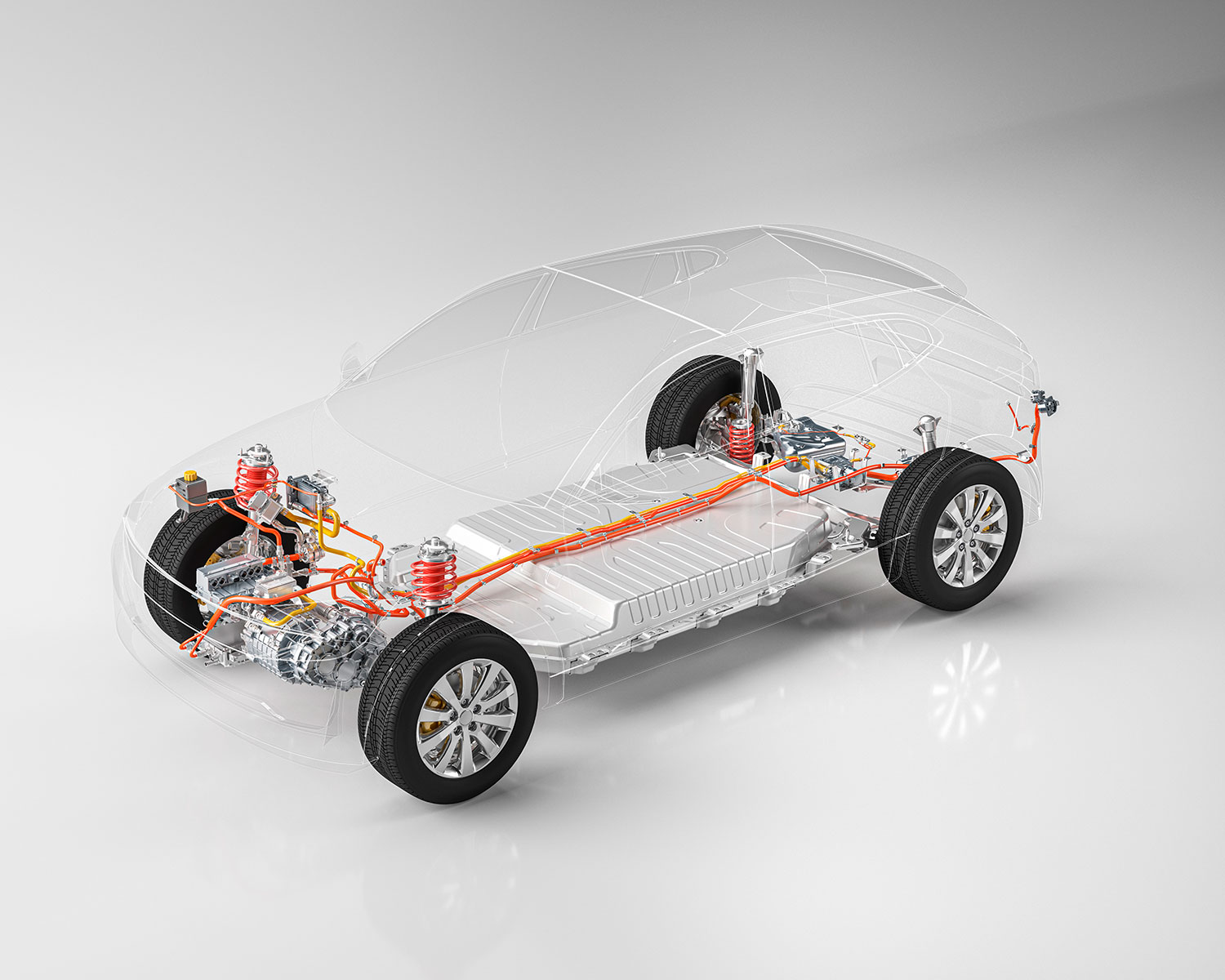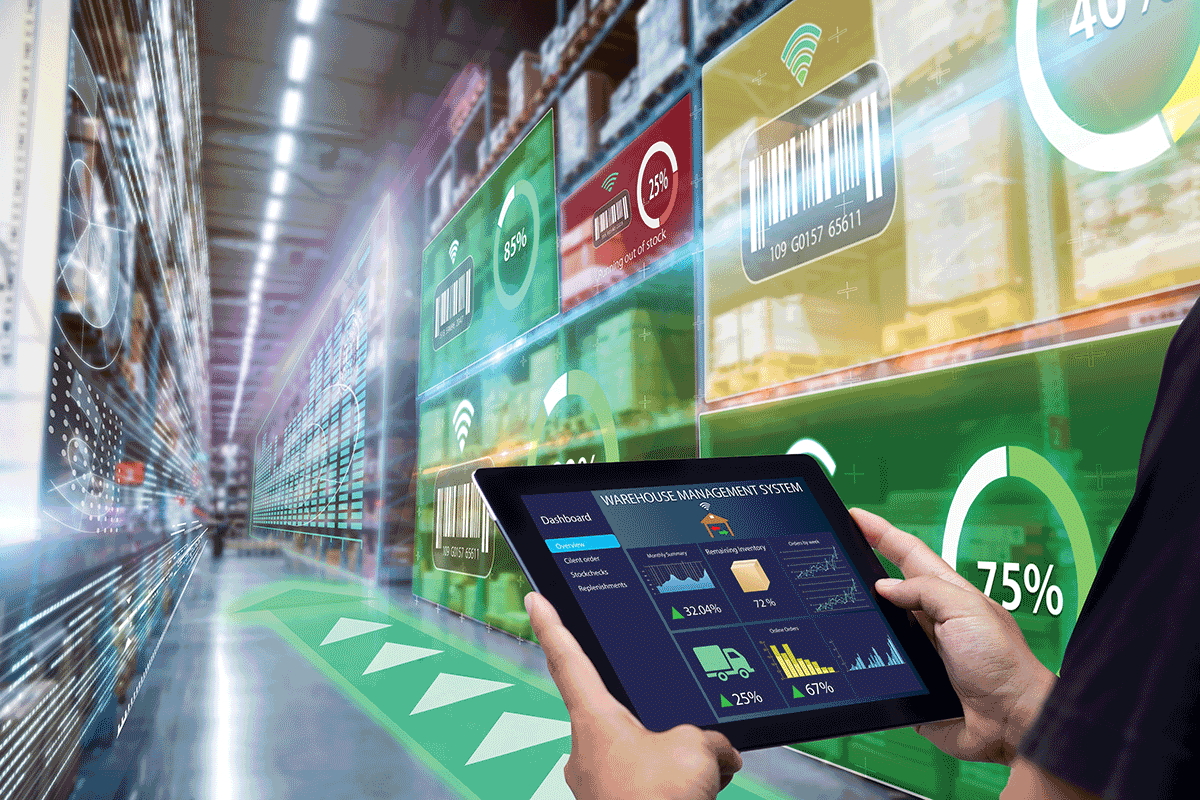When an electric vehicle (EV) battery is no longer fit for powering a vehicle, it typically still has 80 percent usable capacity, meaning it can be repurposed for “second life” uses, which include energy storage in homes or buildings, integration into smart grids, and backups for telecom bases or data centers. In fact, there are several instances in Europe where EV batteries have been repurposed for such uses, and it can only be expected that the trend will continue, grow, and reach other regions.
by: Rich Byczek, Global Director, Intertek
If an electrical inspector has not encountered a repurposed EV battery used for its “second life” in the field, it is likely only a matter of time. So, it is important to better understand how these batteries are repurposed and assessed for safety.
Electric vehicle batteries that are repurposed for use in new applications generally undertake a three-step process:
- Assessment: The battery must be evaluated to ensure it is acceptable for repurposing. Engineers will examine the battery to confirm it can continue to be used, using information on the battery’s history, which the original vehicle manufacturer can provide.
- Remanufacturing: Batteries deemed fit for repurposing are “remanufactured” for a second life based on their new use. In some cases, the battery may be re-used as-is, with no alterations. If remanufacturing is needed, the battery may be disassembled to the module or component cell level so a new battery can be built.
- Recertification: Finally, it is possible that the battery will require recertification, depending on the intended use. This includes regulations for transportation, such as UN 38.3, as well as application or installation-specific building code or electrical safety regulations and standards.
Self-declaration that a battery is fit for reuse or repurposing is an option; however, it is strongly recommended that assessment follow established standards and guidelines. UL 1974, a standard for the evaluation of batteries intended for a repurposed use application, can be useful for reassessing EV batteries for second life use. It allows for various usage cases: reuse, repurpose, or remanufacture and allows the manufacturer to establish the state-of-health of the battery to proceed with further assessments and testing, which includes industry-specific considerations.
UL 1974 includes guidelines and requirements for demonstrating a battery can be repurposed and moved into a different use and/or industry, cell evaluation at the module level (where individual cells can be separately evaluated), and considerations for knowledge of the original battery design as well as a rework/screening process. More importantly, it includes requirements that the battery must meet the safety and performance requirements set by the industry where the repurposed battery will be used. For example, batteries intended to be used in stationary energy storage applications need to be evaluated to UL 1973. As a result, the related recertification process and costs must also be considered when repurposing EV batteries.
Even if UL 1974 is not used to assess the EV battery, if the product is being repurposed for use in a different industry, such as energy storage or power generation, it still must be assessed to applicable safety standards from the IEC, NFPA, ANSI or other industry organizations. Manufacturers will need to work with testing partners to properly evaluate and certify the battery for its new use. In a typical certification from a National Recognized Testing Laboratory (NRTL), the product’s manufacturing process must be audited or assessed periodically. Because a repurposed battery’s manufacturing occurred in the past, the NRTL must assess the quality control of the sorting/screening process rather than an assembly process. This ensures traceability of incoming used batteries and their related state-of-health data to assure that unfit batteries are not released to the second-use market. For rebuilt/reconstructed batteries, both the screening process and final assembly processes must be assessed to ensure compliance.
As electric vehicle use continues to increase, a growing number of EV batteries will be refurbished, reused, and remanufactured for a second life. Inspectors in the field who encounter certified repurposed batteries can be assured that these products have been fully assessed using robust certification programs and design/reuse guidelines. Through this process, the industry can ensure batteries are suitable for reuse, filling a need for multiple industries.















Find Us on Socials